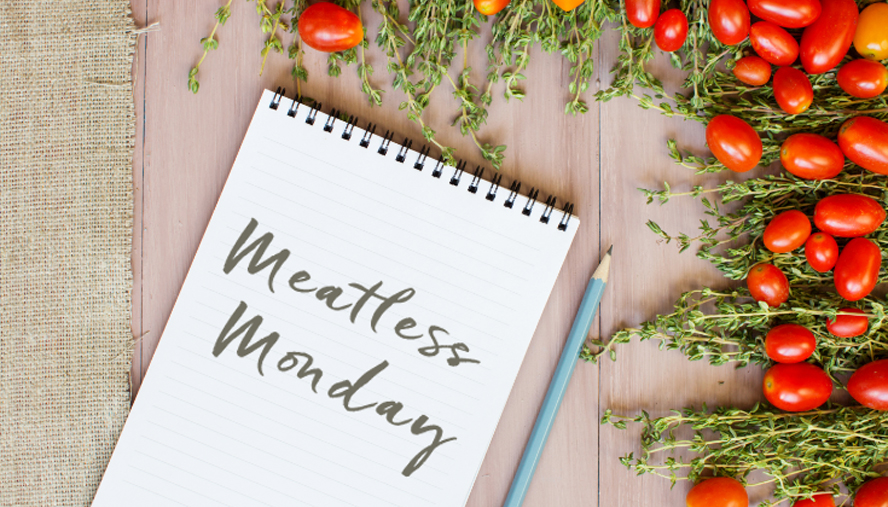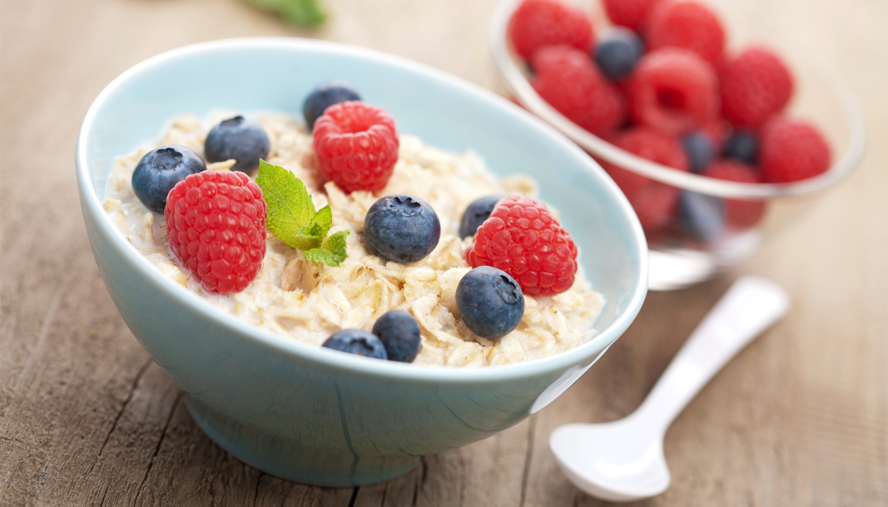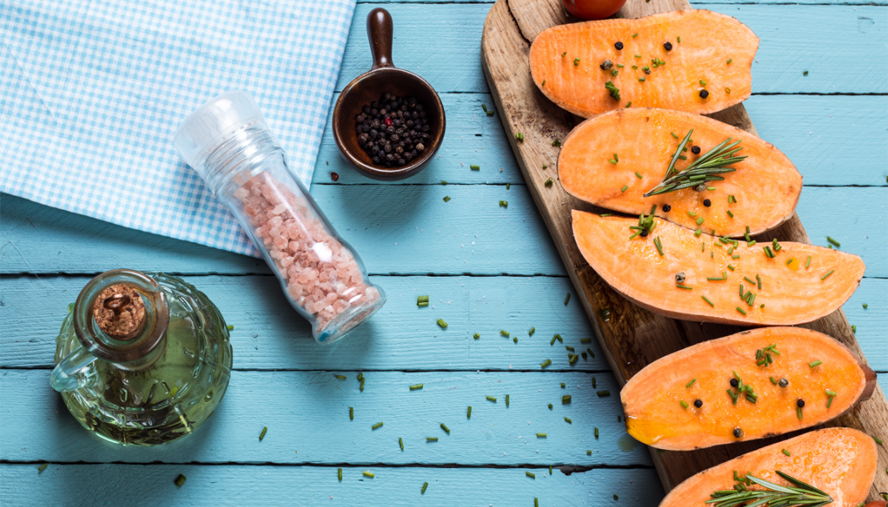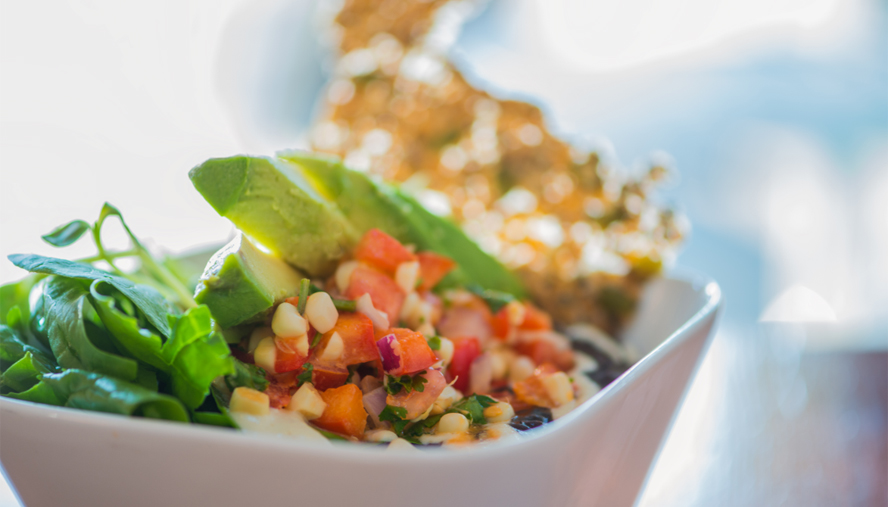10 Tips for Eating Less Meat
This information was reviewed and approved by Andrew M. Freeman, MD, FACC, FACP (1/31/2021).
Eating mostly fruits, vegetables, beans, legumes, and whole grains, along with nuts in limited quantities can reduce your risk of heart disease, high cholesterol, high blood pressure and type 2 diabetes.
If you are concerned with lack of protein, remember that as long as you are eating adequate calories, it is unlikely that you will become protein deficient. Plant-based sources of protein are not only convenient, low-fat, nutritious, but also eco- and environmentally friendly.
Try these tips to help you eat less meat.

Buying Groceries
Look for minimally processed plant-based convenience foods such as soups, grain mixes, canned beans, frozen vegetables with legumes and vegetarian entrées. Watch added dairy ingredients which increase fat intake.

Eating Out
Ask for plant-based and low-fat options at restaurants. Try new restaurants, many specialties from around the world are plant based and delicious.

Something New
Start with the fruits and vegetables that you like and try others to broaden your list.

Meatless Mondays
Go meatless for one meal each day or the same day each week. Replace meat in burritos, burgers and
soups with different types of beans, legumes and lentils.

Breakfast Ideas
Make oatmeal with water, add fruit and nuts or top 100% whole grain bread with sliced fruit. Instead of bacon or sausage, try tempeh (a soy product) or seitan (wheat gluten).

Lunch Options
Make a sandwich 100% whole grain bread sandwich, hummus and vegetables; steamed vegetables with beans; or make a salad with vegetables and nuts.

Simple and Easy
Bake half of a sweet potato with a sauce or salsa, add beans and a large serving of your favorite mixed
veggies for a filling, satisfying and high-nutrient meal.

Dinner Suggestions
Create a burrito bowl with brown rice, your favorite beans, vegetables and salsa.

Add New Dishes Weekly
Gradually add new vegetarian dishes to your menu each week such as Meat-Free Chili, Veggies and Pasta, or
Vegetable Stew.

Protein Sources
Everything you eat contains some amount of protein – even the fruits and vegetables. Talk with your
doctor if you have concerns. There is a variety of meat-substitute foods available in grocery stores and restaurants.
